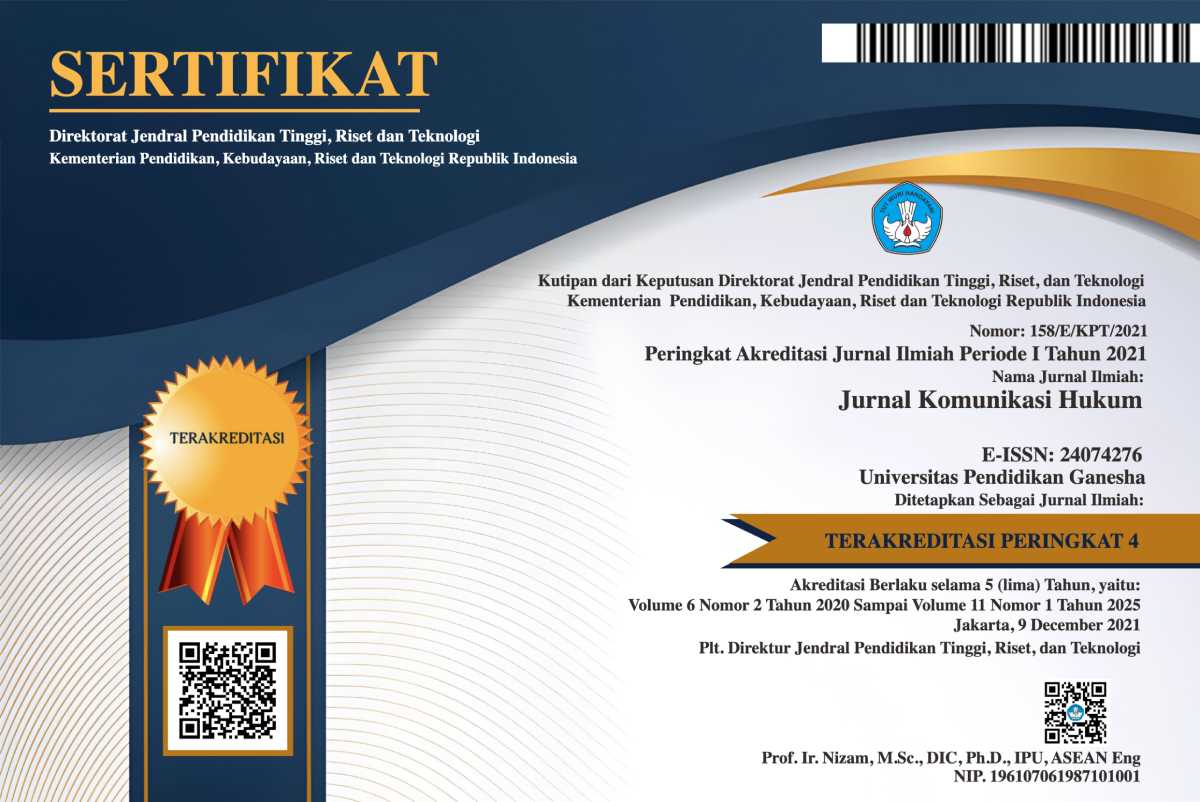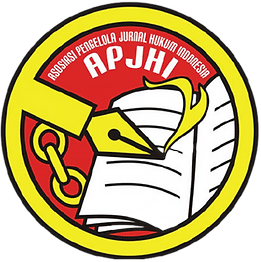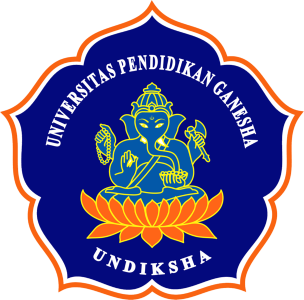METODE PEMBINAAN DAN PERLAKUAN KHUSUS TERHADAP NARAPIDANA LANJUT USIA GUNA MENINGKATKAN KESEJAHTERAAN DAN KESEHATAN DI LEMBAGA PEMASYARAKATAN
Abstract
The prison population around the world continues to grow, and one group that is increasingly aging is elderly prisoners. Elderly inmates often face greater health and well-being challenges than younger inmates. Therefore, this research aims to explore special coaching and treatment methods that can be used to improve the welfare and health of elderly prisoners in correctional institutions. But in reality, coaching for the elderly is only limited to filling time and no coaching is provided optimally. Therefore, special guidance is needed for the elderly so that they can change themselves for the better. The formulation of the problem in this research is (1) how is the implementation of coaching for elderly prisoners in correctional institutions (2) what are the obstacles in implementing coaching for elderly prisoners in correctional institutions (3) what are the efforts made by coaching implementers (officers) in optimizing coaching? in a correctional facility? The method used in this research is a qualitative research method with an empirical juridical approach. The results of the research show that (1) Optimizing the coaching program in realizing the goals of Corrections, namely social reintegration, which restores the relationship between life and livelihood of each prisoner, (2) Fulfilling the Rights of Elderly Prisoners, (3) Collaboration with Third Parties in optimizing guidance elderly. The conclusion of this research is that the implementation of the development program for elderly prisoners in correctional institutions is carried out using the correctional system as regulated in Law Number 12 of 1995 concerning Corrections. Coaching is carried out to improve the quality of devotion to God Almighty, attitudes, intellectual and professional behavior, physical and spiritual health for prisoners and correctional students.
Downloads
Published
How to Cite
Issue
Section
License
Authors who publish with this journal agree to the following terms:- Authors retain copyright and grant the journal right of first publication with the work simultaneously licensed under a Creative Commons Attribution License that allows others to share the work with an acknowledgement of the work's authorship and initial publication in this journal.
- Authors are able to enter into separate, additional contractual arrangements for the non-exclusive distribution of the journal's published version of the work (e.g., post it to an institutional repository or publish it in a book), with an acknowledgement of its initial publication in this journal.
- Authors are permitted and encouraged to post their work online (e.g., in institutional repositories or on their website) prior to and during the submission process, as it can lead to productive exchanges, as well as earlier and greater citation of published work (See The Effect of Open Access).
Authors who publish with this journal agree to the following terms:
- Authors retain copyright and grant the journal right of first publication, with the work [SPECIFY PERIOD OF TIME] after publication simultaneously licensed under aCreative Commons Attribution License that allows others to share the work with an acknowledgement of the work's authorship and initial publication in this journal.
- Authors are able to enter into separate, additional contractual arrangements for the non-exclusive distribution of the journal's published version of the work (e.g., post it to an institutional repository or publish it in a book), with an acknowledgement of its initial publication in this journal.
- Authors are permitted and encouraged to post their work online (e.g., in institutional repositories or on their website) prior to and during the submission process, as it can lead to productive exchanges, as well as earlier and greater citation of published work (See The Effect of Open Access).











